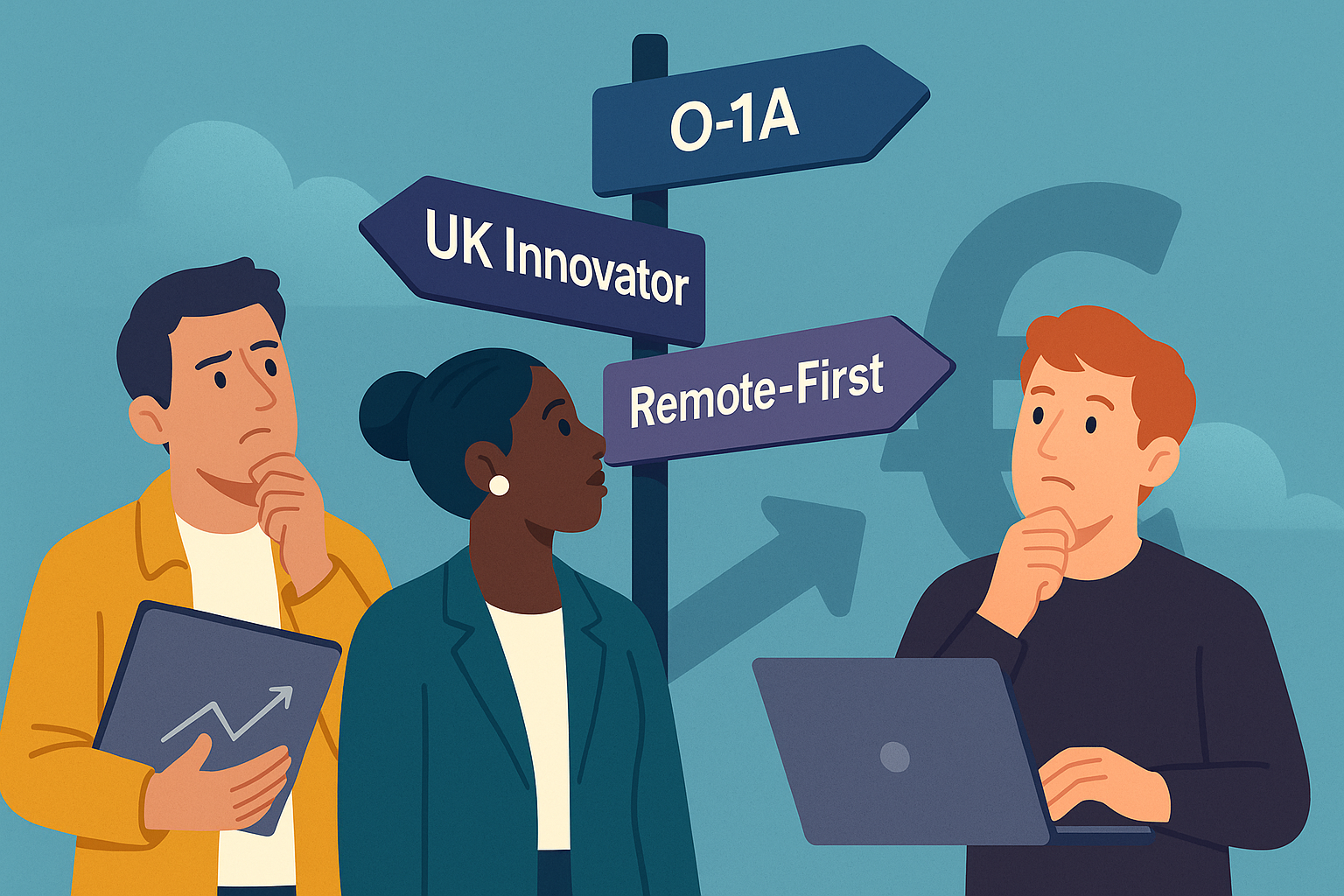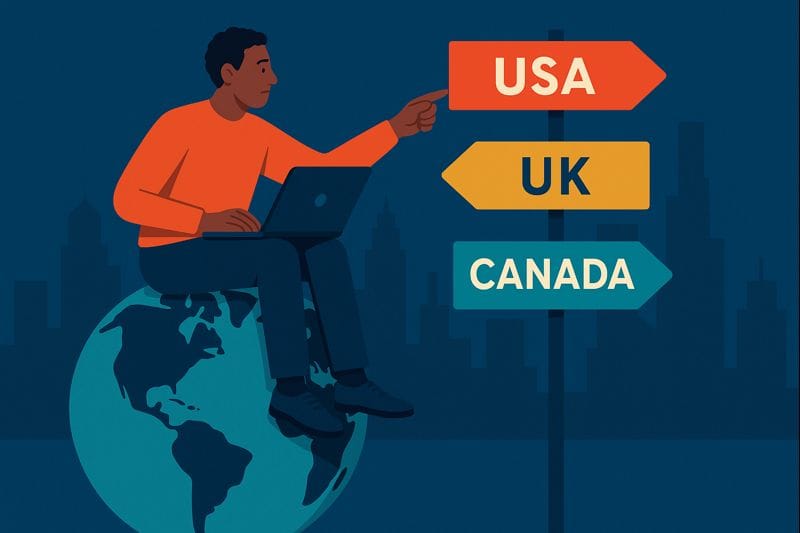Key Takeaways
- Announce features only when they solve a real problem and are fully ready.
- Consider timing carefully—align with user needs, seasonality, and your team’s capacity to support the launch.
- Use multiple channels and visuals to maximize engagement.
- Stay quiet on minor updates, experimental features, or launches that don’t impact users.
- Follow up after the announcement to track adoption and gather feedback.
Introduction
Shipping a new feature is an exciting milestone for any product team. After weeks—or even months—of hard work, the temptation to show off your latest release is strong. However, knowing the right time to announce a feature is just as important as building the feature itself.
Announce it too early, and you risk confusing users with half-baked functionality or over-promising on what’s possible. Announce it too late, and you miss the chance to build momentum, capitalize on user engagement, or outpace your competitors.
The decision to announce—or hold off—comes down to understanding why, when, and how to communicate your updates effectively. In this article, we’ll walk through:
- The key factors to consider before announcing a feature.
- Scenarios when you should stay quiet.
- Proven strategies for crafting announcements that maximize impact.
By the end, you’ll have a clear playbook to ensure your feature announcements drive engagement, adoption, and trust.

Why Timing Matters
Timing your feature announcements isn’t just about hitting “publish” on a blog post. It’s about aligning your communication with where your users are in their journey and ensuring the feature delivers tangible value at the right moment.
Here’s why timing is crucial:
- Builds User Trust
Users lose trust when features are hyped up but don’t deliver. Announcing too early—or before the feature is ready—can lead to frustration and skepticism.
- Maximizes Feature Adoption
Strategic timing ensures your announcement reaches users when they’re most engaged. For example, launching a productivity feature at the start of Q1 (when teams are focused on planning) will see higher adoption than launching during a holiday season.
- Reduces Noise
Not every update deserves a full-scale announcement. Sharing too many minor updates dilutes the impact of your major releases, making it harder to capture user attention for important features.
The Cost of Bad Timing
| Scenario | Impact | Example |
|---|---|---|
| Announcing too early | Confuses users, leads to broken promises | A SaaS company announces a feature as "coming soon," but delays the release by months, resulting in user frustration. |
| Announcing too late | Misses engagement opportunities, loses competitive edge | A competitor releases a similar feature first, capturing market attention while your team is still preparing the announcement. |
| Announcing irrelevant updates | Overloads users with unnecessary information, reduces trust | Constantly announcing small UI changes or backend tweaks that don’t impact the user experience. |
When to Announce Features
To determine the right time to announce a feature, use this 5-step framework:
- When the Feature Solves a Real Problem
Before announcing anything, ask yourself:
- Does this feature solve a specific, pressing pain point for our users?
- Can we clearly articulate the problem it addresses?
If the answer is “yes,” then it’s time to consider an announcement. Users will care about your feature if it directly improves their workflows, saves them time, or alleviates a common frustration.
Example:
- Good Timing: Dropbox announcing Smart Sync, a solution to limited hard drive space for remote workers.
- Bad Timing: Announcing a minor tweak, like a color change in the interface, as a “major update.”
- When the Feature is Fully Ready
Announcing an incomplete feature can backfire. Users expect new features to work seamlessly from day one. If your feature is still in development or testing, it’s better to hold off—or label it clearly as a beta release.
Checklist: Is Your Feature Ready?
| Requirement | Status |
|---|---|
| Internal testing is complete |  Yes / Yes /  No No |
| Major bugs have been resolved |  Yes / Yes /  No No |
| User documentation is prepared |  Yes / Yes /  No No |
| Support team is trained |  Yes / Yes /  No No |
| Feedback mechanism is in place |  Yes / Yes /  No No |
- When You Can Support the Launch
A feature announcement is more than a blog post—it’s a coordinated campaign that requires:
- Marketing assets: Social media posts, emails, landing pages, etc.
- Support resources: FAQs, tutorials, or product walkthroughs.
- Analytics setup: Tracking adoption and user feedback.
If your team doesn’t have the bandwidth to support the launch, it’s better to delay the announcement until you do.

- When Users Are Most Likely to Care
Timing your announcement with user priorities or behavior can make a huge difference. Consider:
- Seasonality: Is your feature relevant to a specific time of year?
- Context: Are there industry trends or conversations you can tie into?
- Usage Patterns: Are your users more active at certain times (e.g., mornings, Q1 for B2B tools)?
Pro Tip: Use tools like SimpleDirect to analyze user engagement and see when your audience is most active.
- When You Have Results to Share
Sometimes, it’s better to gather data first. Rolling out a feature to a small group of users and gathering success metrics can help you craft a stronger, more compelling announcement.
Example:
Spotify often releases features to a small percentage of users for testing. Once they gather usage data, they use those insights to highlight the feature’s impact in their announcement.
When to Stay Quiet
Not every feature needs a spotlight. Here are situations where you should stay quiet:
- Minor Tweaks
For small updates (e.g., UI adjustments or backend fixes), a simple changelog entry is sufficient.
- Experimental Features
If a feature is still in beta or experimental, consider a soft launch instead of a public announcement.
- Overlapping with Major Events
Avoid announcing during times when your audience’s attention is elsewhere (e.g., holidays, industry conferences).
- Features That Don’t Directly Impact Users
If the feature benefits your internal team but doesn’t have a clear user-facing benefit, don’t announce it publicly.

How to Announce Features Effectively
Once you’ve decided the timing is right, follow these best practices to craft a compelling announcement:
- Lead with the Problem
Start by highlighting the problem your feature solves. This immediately communicates its relevance and value.
Example:
“Tracking team progress across multiple projects can be overwhelming. That’s why we’re introducing our new timeline view for better visibility and planning.”
- Highlight the Benefits
Focus on what’s in it for the user. Avoid getting bogged down in technical details, and instead emphasize how the feature improves their experience.
| Feature | Benefit |
|---|---|
| Automated workflows | Save time by eliminating repetitive tasks. |
| Async notifications | Stay updated without being interrupted in real-time. |
- Use Visuals
Screenshots, GIFs, or short videos can make your announcement more engaging and easier to understand.
- Use Multiple Channels
Don’t rely on one platform to share your announcement. Distribute it across:
- Email campaigns for your existing users.
- Social media to reach a broader audience.
- In-app notifications to engage active users.
- Blog posts for in-depth explanations.
- Include a Clear CTA
Make it easy for users to take the next step:
- “Try it now.”
- “Learn more.”
- “Send us your feedback.”
Case Study: Notion’s Timeline View Launch
When Notion launched their timeline view, they:
- Highlighted the problem: “Managing complex projects can get messy.”
- Showed the solution: A sleek, interactive timeline.
- Used multiple channels: Blog posts, YouTube videos, and in-app prompts.
- Included a CTA: “Try Timeline View today.”
The result? High adoption rates and enthusiastic user feedback.
Ready to streamline your announcements? Try SimpleDirect today and ensure your users never miss an update.






